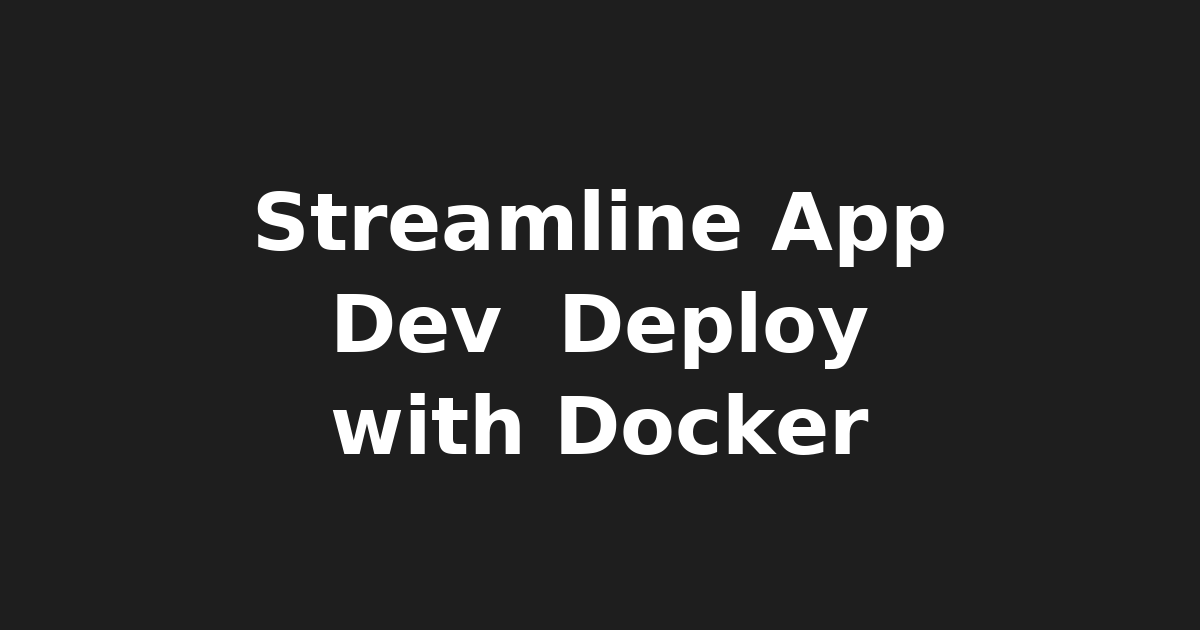Master Containerization with Docker: Streamline App Development &…

Containerization with Docker: Simplifying Tech for Everyday Developers with Josh from KeepItTechie
Hey there! I'm Josh from KeepItTechie, your friendly Linux educator here to help you sail through the tech world. Today, we're going to talk about a hot topic that's making waves in the tech scene: Containerization with Docker. This open-source platform is revolutionizing application development, deployment, and management processes for developers, Linux users, system administrators, and IT professionals alike.
So, what's all this fuss about Docker? Simply put, Docker allows you to package your applications with all their dependencies into a container, ensuring they run consistently across different environments without conflicts or compatibility issues. Let's break it down:
- Containers: These are lightweight, standalone, and executable software packages that include everything needed to run an application - code, runtime, system tools, libraries, and settings.
- Images: These are the blueprints for containers. An image is a set of instructions (Dockerfile) that specifies how to create a container.
- Dockerfiles: These are scripts containing commands that build Docker images.
Now that we've got the basics down, let's dive into the fun stuff!
Building, Running, and Managing Containers with Docker
To get started, you'll need to install Docker on your system. Once you have it up and running, you can create a new container from an image using the docker run command. But don't just take my word for it! Check out Docker's official getting started guide for a hands-on experience.
Exploring Container Orchestration Tools like Kubernetes
Once you've mastered the basics, you might want to explore container orchestration tools like Kubernetes. This powerful platform automates deploying, scaling, and managing containers across clusters of hosts. It's an essential tool for large-scale distributed systems, and it's gaining popularity among developers and IT professionals alike.
Best Practices for Containerizing Applications
- Modularize your applications: Break down your application into smaller, manageable services that can be containerized independently.
- Use multi-stage builds: Use multi-stage Dockerfiles to minimize the size of your final image by using one stage for building and another for running.
- Secure your images: Use a secure registry like Docker Hub or GitLab Container Registry to store your images and restrict access to them using strong authentication methods.
Security Considerations When Working with Docker
Security is always a top concern when working with technology, and containerization with Docker is no exception. Here are some tips for keeping your containers secure:
- Keep your Docker engine updated: Regularly update your Docker engine to ensure you have the latest security patches.
- Limit privileges: Run containers with the least privilege necessary to perform their function, and limit the access they have to other systems and resources.
- Use a network security policy: Use network security policies like Docker Network Policies or Calico Policy to control the traffic between your containers and other networks.
A Word from Josh
Embracing containerization with Docker is a game-changer for developers, Linux users, system administrators, and IT professionals alike. Not only does it streamline development and deployment processes, but it also promotes collaboration by providing consistent development, testing, and deployment environments.
So what are you waiting for? Dive in, experiment, learn, and grow with the power of containerization at your fingertips!
Stay techie, my friends!
P.S. By 2025, it's estimated that the container market will be worth over $3 billion. So jump on board now and be a part of this exciting journey! 🚀🌐💻
🙋♂️ This post was brought to you by Josh from KeepItTechie — helping you break into tech, one command at a time.
